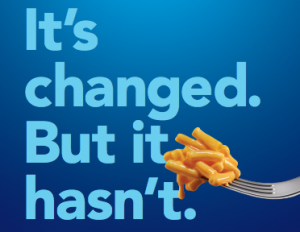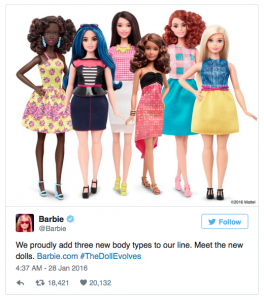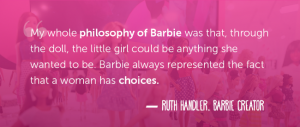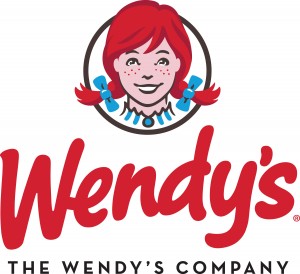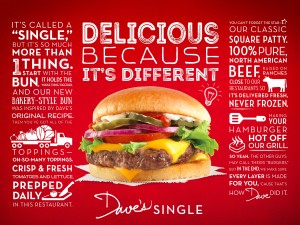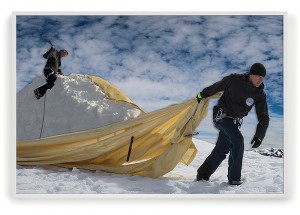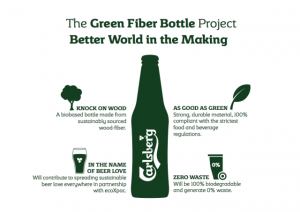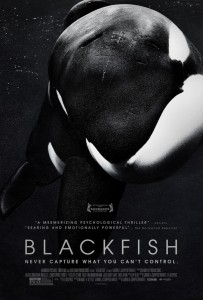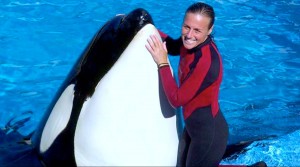Food waste is one of the many problems our world is suffering from right now. Over 30% of the food supply is wasted every year in the United States. Consumers and retailers are responsible for this huge amount of food waste: consumers look for perfect looking products while shopping and retailers reject produce due to its “aesthetic appearance”.
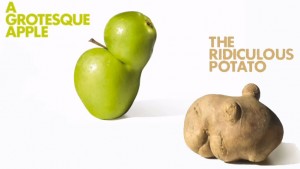
Fresh fruits and vegetables have to be pretty enough to be sold, bought and eaten. The standards for fruits and vegetables are not a quality issue and these have been criticized in the past years. Even though these standards have little relevance in terms of nutrition or product quality, retailers are only willing to sell “good-looking” fruits and vegetables. By doing so, retailers create high expectations for consumers on how these products must look like. And the worst part is that appearance standards for fruits and vegetables are voluntary guidelines, which are not set by any regulatory organization and retailers do not have to follow them.
Nonetheless, an increasing number of retailers have started to offer “not pretty enough to be sold in grocery stores” produce. The appearance standards for fruits and vegetables are slowly changing and so is the food industry. Many startups are trying to convince us that there is nothing wrong with ugly produce and that taste is all that matters. Consumers are starting to demand this aesthetic produce and big companies in the grocery industry, such as Walmart and Whole Foods, are slowly starting to see an opportunity to combine business with social good.
The food market is driven by these standards and the industry offers what consumers demand. In order to reduce food waste, we have to change consumer acceptance first. Grocery stores only offer aesthetic products, because that is what consumers are willing to buy. Retailers will only dare offer ugly fruits and vegetables when customers ask for them. Therefore, consumer awareness is fundamental in order to fight food waste. All my life I have been told no to judge a book by its cover and I think we could, and should, apply this sentence to the food industry.
